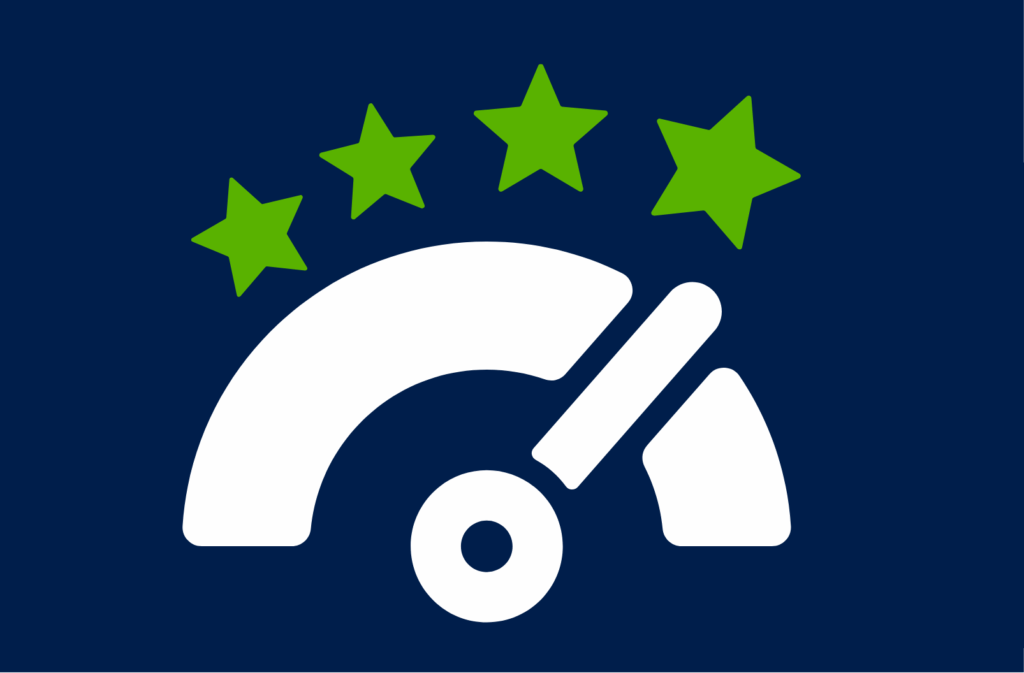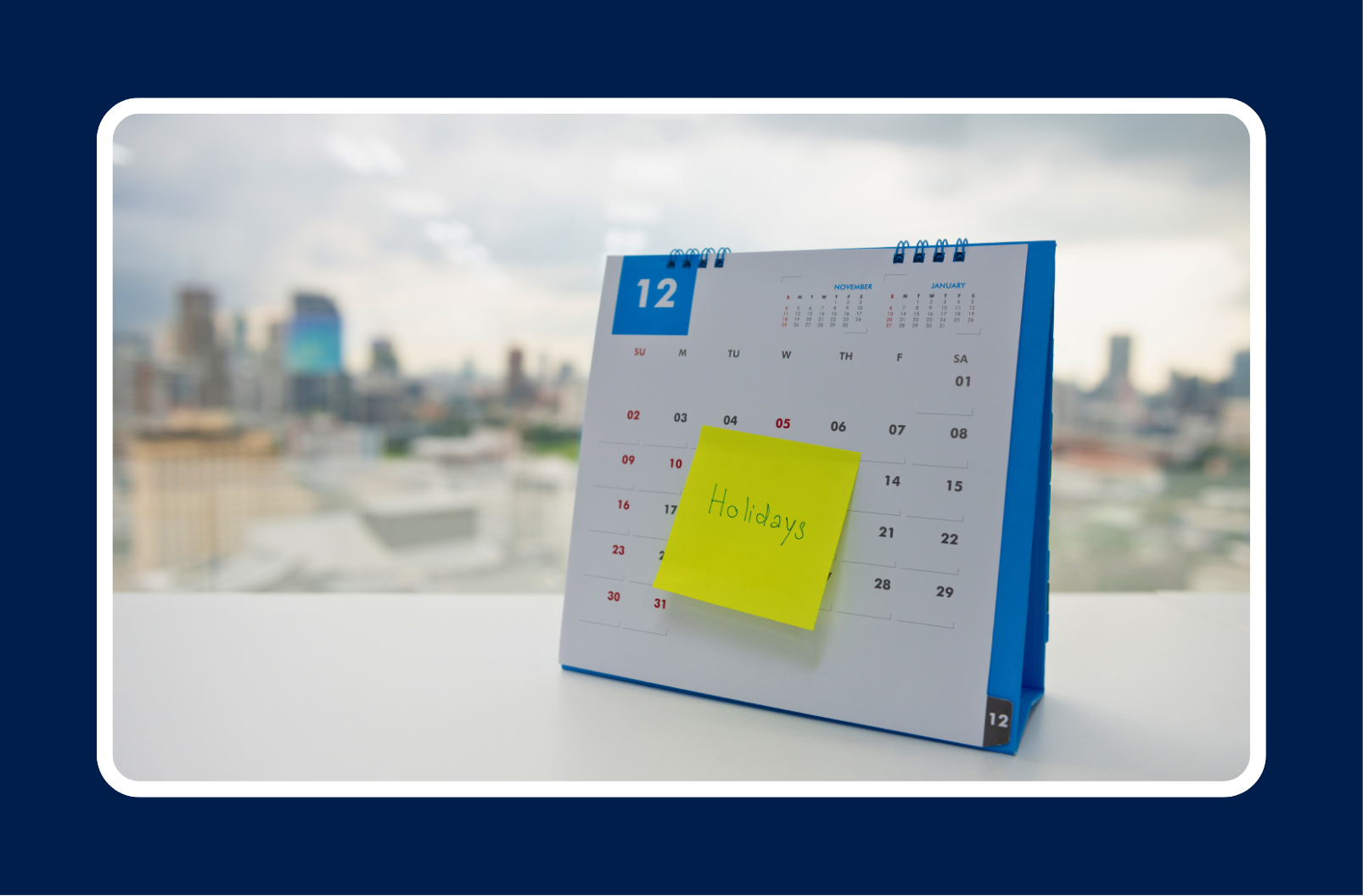Hiring great data talent is more important and more complex than ever. As AI capabilities evolve and datasets grow larger, the expectations for technical hires are rising fast.
If you’re looking for someone who can handle real-world data, uncover insights, and communicate them clearly, your interview process should reflect that. Here’s how to build a technical interview that helps you find the right people for today’s data challenges.
Designing an Effective Technical Interview:
Before you design a technical assessment, get aligned on what the role actually requires. Collaborate with the team to understand what success looks like in the day-to-day.
Start with the role’s key needs:
- Analysts need strong SQL, reporting, and storytelling skills.
- Scientists should be fluent in modeling, statistics, and data experimentation.
- Engineers must know how to build scalable pipelines and clean infrastructure.
Tailoring the interview to these specifics ensures you’re evaluating the right capabilities.

Use Realistic Case Studies:
One of the best ways to assess practical skills is through a data case study. Provide candidates with a representative dataset and ask them to explore it.
This gives candidates the chance to showcase how they explore data, generate hypotheses, and communicate outcomes.
It shows candidates what the actual work might look like and gives the team an inner lookg at their process.
Consider a Collaborative Working Session:
If the new hire will be working closely with a team, consider conducting a collaborative working session. This step reveals problem-solving and communication skills in real time and is a good chance to assess cultural fit.
It can answer crucial questions such as:
- How do they debug or troubleshoot when something goes wrong?
- Do they explain their reasoning clearly?
- Are they open to feedback or alternate perspectives?

Build a Clear Evaluation Framework:
To avoid subjective judgments or bias, use a standardized rubric to assess every candidate. Strong rubrics include multiple dimensions, such as:
- Technical proficiency – Are they using the right tools and methods effectively?
- Problem-solving – Can they approach ambiguous questions with logic and structure?
- Code quality – Is their work clean, organized, and documented?
- Business alignment – Do they understand the bigger picture and the “why” behind the work?
- Communication – Can they explain their insights to both technical and non-technical audiences?
Scoring candidates across these dimensions helps ensure consistency and fairness while highlighting each person’s strengths and potential gaps.
Balance Thoroughness and Respect for the Candidate’s Time:
A thoughtful interview process says a lot about your team and your culture. Make sure it’s respectful of candidates’ time and energy:
- Set clear expectations – Let candidates know what to expect, how long each step will take, and what you’re looking for.
- Keep take-homes reasonable – Limit assignments to a few hours, or offer compensation for time spent.
- Provide context – Include background on the data, the problem space, and what a successful solution might look like.
This shows candidates that you take the process seriously and value their time as much as your own.
The best technical interviews are the ones that mirror the job itself. By focusing on real-world data problems, role-specific skills, and clear communication, you’ll create a process that identifies the right candidates.
Thoughtfully designed assessments lead to stronger hires and better outcomes.








